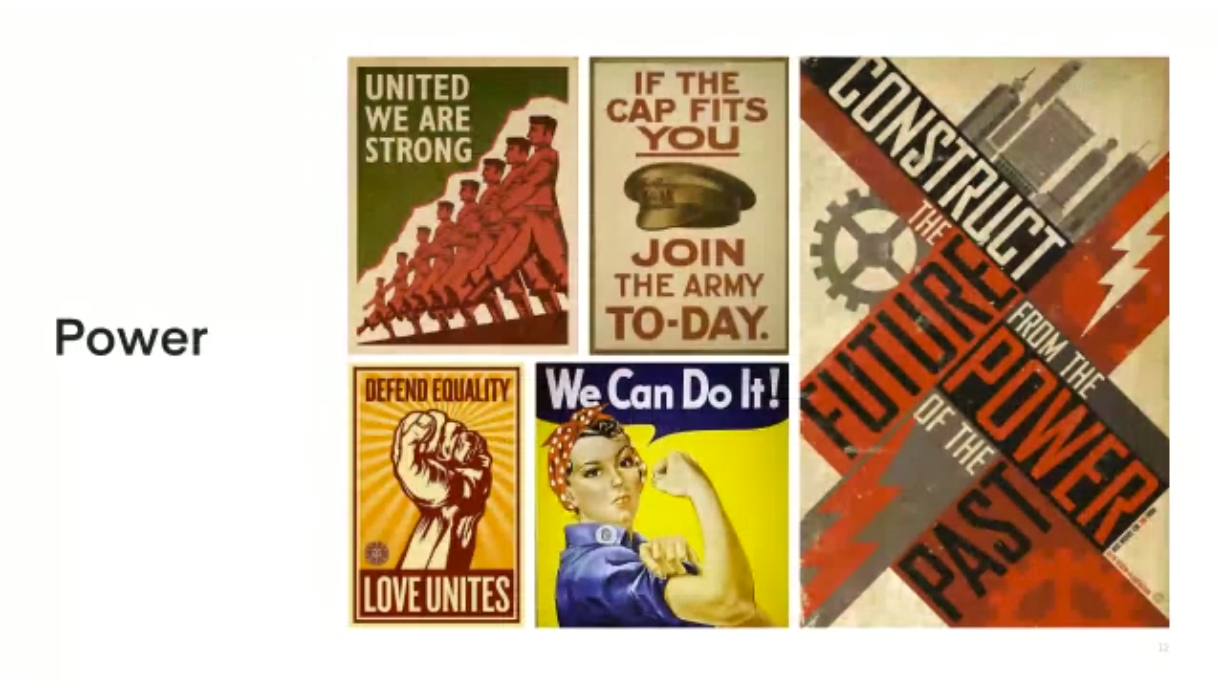Small businesses, big corporations, software companies, startups and other ventures all have different design demands. And yet, all struggle with the same reality: everyone needs more design than they think. After all–the more a company grows, the harder it is to keep up with the ever growing demand for on-brand design.
Think about it: have you ever published, shared or used any off-brand material? If you’re honest, the answer is likely yes. But whether it’s a sales presentation, a keynote speech deck, or even a social media post, there is no project too small when it comes to branding. Consistency and coherence is key in order to build trust with your audience!
Unfortunately, there is no one-size-fits-all solution. Whether you’re a small business or Fortune 500 company, keeping up with design demand while staying within a budget and timeline is challenging. And one thing makes this goal even more unattainable–staking your whole demand on a single design resource.
Therefore, the best course of action is having a portfolio of reliable design solutions to fit your every need, from flagship projects to a simple social media ad. In short, you need to choose the best sources for each project by evaluating your design landscape.
But before we get to that, let’s recap the ever-growing importance of design.
B2B design through the years
It’s true: 30 years ago, the B2B world didn’t think much about design. But things have changed, as evidenced by the design of companies like Microsoft.
You can see for yourself by looking at their website design:




As you can see, there is no contesting the increasing attention to and importance of design. It’s not only about aesthetics, but also about user experience and growth. The DMI compared the performance of design-centric companies (those who know the importance of design and seamlessly implement it as part of their growth strategy) to those who take design for granted, and here’s what they found:

That’s right: design-centric companies outgrew their S&P peers by 211%. We’re talking about huge billion-dollar companies like SAP, Apple, Coca-Cola, Intuit, IBM and others.
Why does design bring growth?
Design sparks emotion, and it’s a well-known fact that emotions play a protagonist role in the sale process. Good design can help your brand instill a variety of emotions–just take the power of these images, for example:



These emotions create changes in people’s behavior, and changes in behavior drives business impacts.
Shadow design
Unfortunately, there is danger lurking in the dark, diluting your marketing efforts and preventing your brand from harnessing the full power of design. That monster is something we like to call shadow design.
Shadow design can take many forms, but often consists of smaller design projects that are disregarded as compared to flagship campaigns and keynote presentations.
You can easily spot shadow design as those DIY projects that you or your staff have to design themselves, even when design is not a primary skill of the creators. Case studies, account updates, internal meetings, even sales deck customization by the sales team and other “ad hoc” documents are some examples.
Of course, this builds up a hidden cost:

Unproductive teams
When you have marketers, product developers, salespeople and even C-level executives spending their time designing, you’re both wasting their time and getting inadequate design. Your brand’s integrity is then compromised as these off-brand projects are published on official channels, shared and more.
But how much is this really costing you? The short answer: a lot. We’ve asked B2B companies how many DIY design projects their teams composed in 12 months, and here’s what they said:

Negative brand impact
The damage to your brand happens because of the workings of the human brain, which works so quickly at subconscious levels that a single design slip might smash the trust you’ve worked so hard to build.
The worst part? If you ever get the opportunity to ask your audience why they lost trust, they will rationalize it and find another reason—while Shadow Design stays unnoticed and unaccounted for. Not to mention the total lack of spend control, as you don’t know how much time your teams are putting into DIY design across your company.
Thus, you should categorize and understand your needs if you want to harness the full power of design.
The design landscape
Here are the aspects we take into consideration when planning for design:
- Function: Whose budget does this fall under? E.g. Marketing
- Category: Which category does this belong to? E.g. Demand generation
- Need: What is the specific need? E.g. Social ads
- Frequency: How frequently is this needed? E.g. 1 campaign/month
- Value/Budget: What’s the value/budget for each need? E.g. $5,000
When you understand your design needs, you’ll be able to distribute them across the design landscape:

Takeaways
To clarify, this doesn’t mean DIY design is always a no-no. Here are a few examples when DIY design is actually recommended:
- You have design software on your computer and you’re just looking to make small changes, such as a few text edits
- Something doesn’t really need design (e.g. a quick one-on-one meeting with someone, when even a hand drawn sketch can work)
- You’re a talented designer, and you can create the document quicker than explaining what you need to someone else
But if the above don’t apply, steer clear. Creating an ad or turning your content into a on-brand document might look like a simple task, but it can easily become days of relentless work. You should avoid DIY design situations at all costs:
- Spending a day designing a deck for a client
- Creating your own social media ads
- Turning the text of a report white paper into a finished PDF to share on your website
Next steps
With all this in mind, we’ve designed the “Design need matrix” to help you distribute your design for maximum ROI and performance.
Stop wasting money and time on shadow design. Fill out the form on the right and watch our webinar to learn how to use the “Design need matrix” and see a real marketing needs worksheet example from a 500 person software company with a 30 person marketing team.
